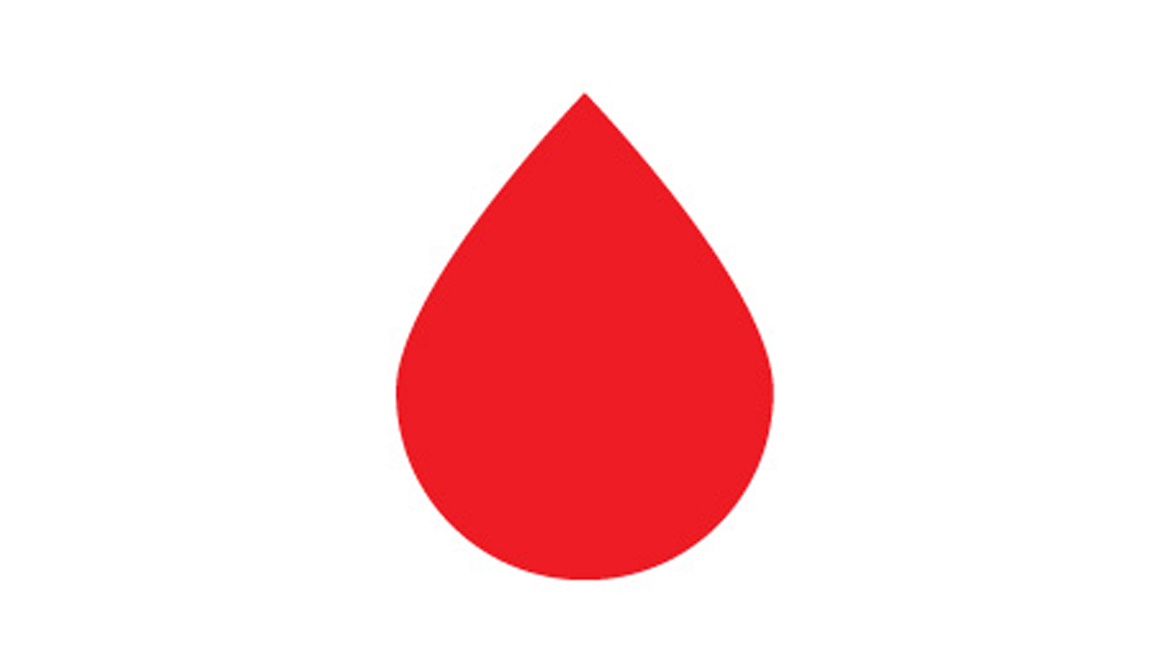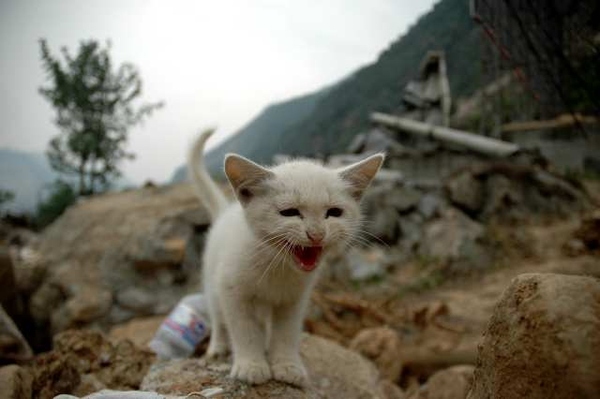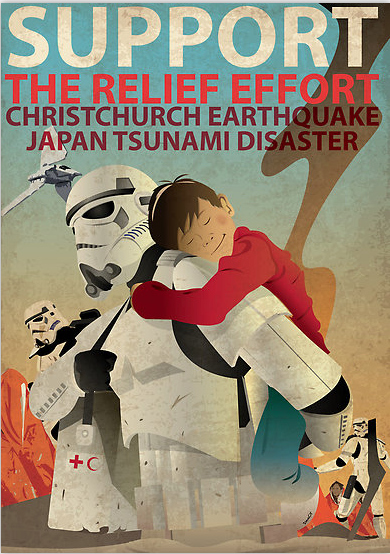
Red Teardrop, via Anota bien.
My class,
Rhetoric of Tragedy, is based on the idea that the events we normally label
“tragic” are always points of contestation. The right way to remember, what we
should do to ensure that it never happens again, who to blame—all of these are
controversial questions that provide an opportunity to study how we argue. But
it can be hard to talk about these conversations in class, especially when you
are looking at visual rhetoric. How do we address these contemporary events
without making the classroom an upsetting place?
It seems strange to ignore the earthquake and tsunami in a class that is built around discussion of devastating events. We talk about upsetting topics in class, although I do tell students that what they consider "tragic" is open to debate; I have received (very good) papers on, for example, Lindsay Lohan's personal decline and Janet Jackson's Super Bowl wardrobe malfunction. However, I think there is a utility to discussing scary or sad events as they happen, too. Making students aware of these moments as
rhetorical as they happen seems like a key way to increase day-to-day critical
literacy. What is important, I think, is making it clear that seeing the
rhetoric in these public images doesn’t take away from the victims’
pain. In this case, it is actually easy to keep their pain in perspective
because a potential motive (and a definite effect) of most of these images is
to show how heart wrenching this event is. It gives us an opportunity
to talk about how photographers show someone else’s pain: through direct images
of anguish, of course, but also through the fear and fascination of seeing a
building sway or an enormous crack in the ground. We can ask, why are there so
many amateur videos of the destruction available online? Why do people want to
see this? What work does it do? It can encourage students to think about when images help and when they sensationalize without helping. This particular event also gives us the
opportunity to talk about the rhetorical power of animals, since the news
coverage features images and stories of animals in peril.

Via Buzzfeed
My concern, of
course, is that photographs will be upsetting for one or more students. While we're all adults, and we've certainly looked at some upsetting material before (meth PSAs come to mind), I do want the classroom to be intellectually challenging but still comfortable; students shouldn't feel as if their feelings or personal losses are being disrespected. While
that is a concern for practically all of the events we talk about (especially Hurricane
Katrina, because of the geographic proximity and huge affected population),
there is normally at least a little distance between the class and what
happened.

"Support the Tsunami and Quake Relief," Dave CT
We will talk about this event, but in a particular way. I would like students to discuss what they have been seeing, if only briefly: what images appear, and what effects do they have? Why do you think this picture was taken, published, circulated, etc--what is its rhetorical power? Additionally, I'd like to spend some time talking about the art that has come out of the event, like the first and third images in this post. Students have the option to make a poster for their final projects, so I think it is useful for them to see what one might look like. Some, like the Red Teardrop, seem very effective; others, like the image above, are somewhat more confusing for certain audiences, but potentially still persuasive. Talking about these images is relevant to the students' own work and allows us to engage with the images and the event in a way that is less likely to rub salt on a very raw, very recent wound.



Recent comments
2 years 29 weeks ago
2 years 44 weeks ago
2 years 44 weeks ago
2 years 50 weeks ago
3 years 4 weeks ago
3 years 4 weeks ago
3 years 4 weeks ago
3 years 6 weeks ago
3 years 6 weeks ago
3 years 6 weeks ago